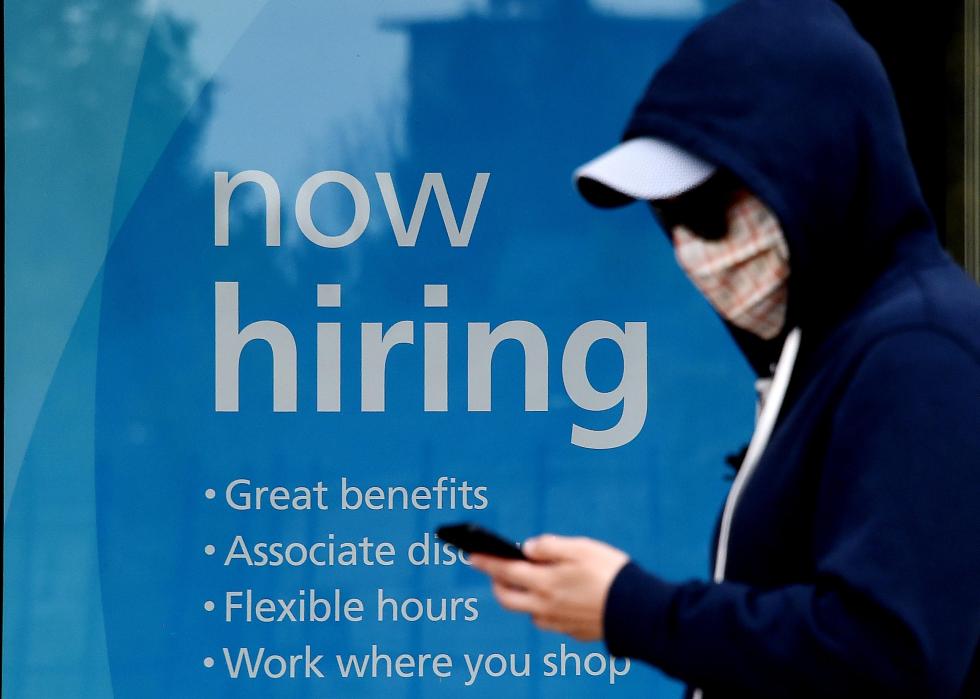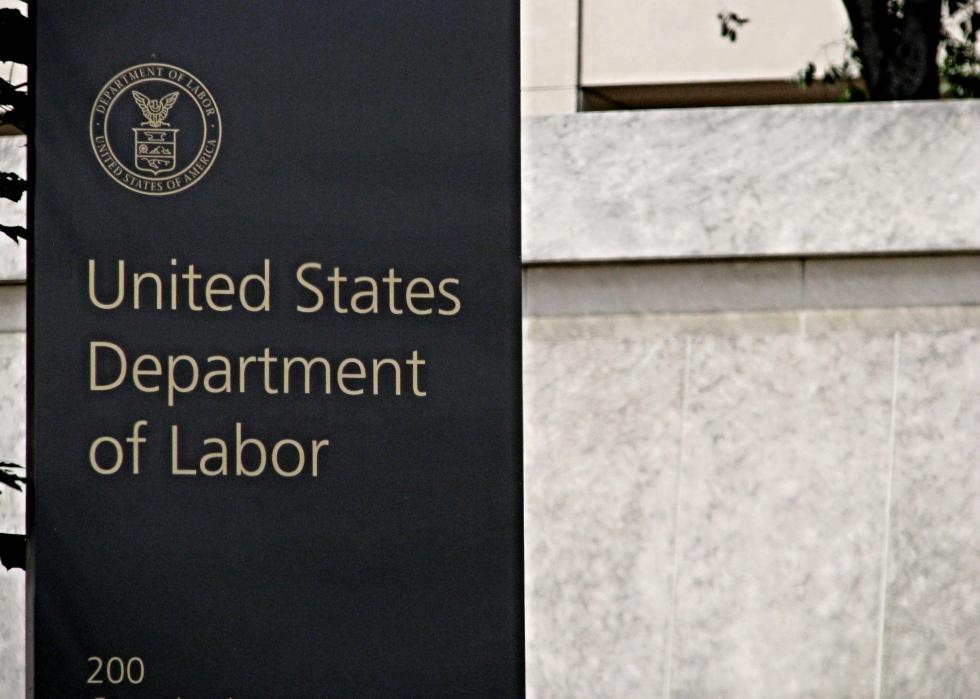
5 important takeaways from the June jobs report
5 of the most important takeaways from the June jobs report
A record 4.8 million jobs were added to the U.S. economy last month and the unemployment rate fell to 11.1%, according to the June jobs report released by the Bureau of Labor Statistics on July 2. While that number surpassed economists' predictions and reads like a rare bit of good pandemic news, the actual picture of the country's economic health is a bit more complicated.
The June report is a snapshot of the economy without the impact of recent COVID-19 surges and shutdowns in many southern states. The growth that the U.S. economy has experienced over the last two months is modest compared to the total losses sustained in March and April and appears to be stalling in recent weeks. Additionally, more than half the gains reflect rehires to positions that were stalled during shutdowns in the last several months. Nevertheless, there are positive indicators that point to early signs of recovery.
Stacker pulled out key takeaways from the June jobs report to help you make sense of the numbers and understand the constantly evolving road to economic recovery in America amid COVID-19.

4.8 million jobs added
A total of 4.8 million jobs were added to the economy in the month of June and the unemployment rate fell to 11.1%. About 2.7 million of those jobs were rehires in industries hit hardest by the pandemic early on, including restaurants, retail, and hospitality.

19 million still receiving unemployment benefits
Despite last month’s job growth, 19 million Americans are still receiving unemployment benefits. The average number of people filing new unemployment claims throughout the month of June was roughly 1.5 million per week.

Permanent job losses rose to 2.9 million
The number of jobs permanently eliminated rose by 588,00 in June for a total of 2.9 million since the start of the pandemic.

One-third of the 22 million lost jobs have been recovered since April
While state economies enter their second month of reopening, only one-third of the 22 million people who lost their jobs in March and April have since returned to work.

Underemployed and discouraged workers fell to 18%
The number of underemployed and discouraged workers—those seeking full time employment or employment matching their skillset and unable to find it—fell to 18% in June from 21% in May.



